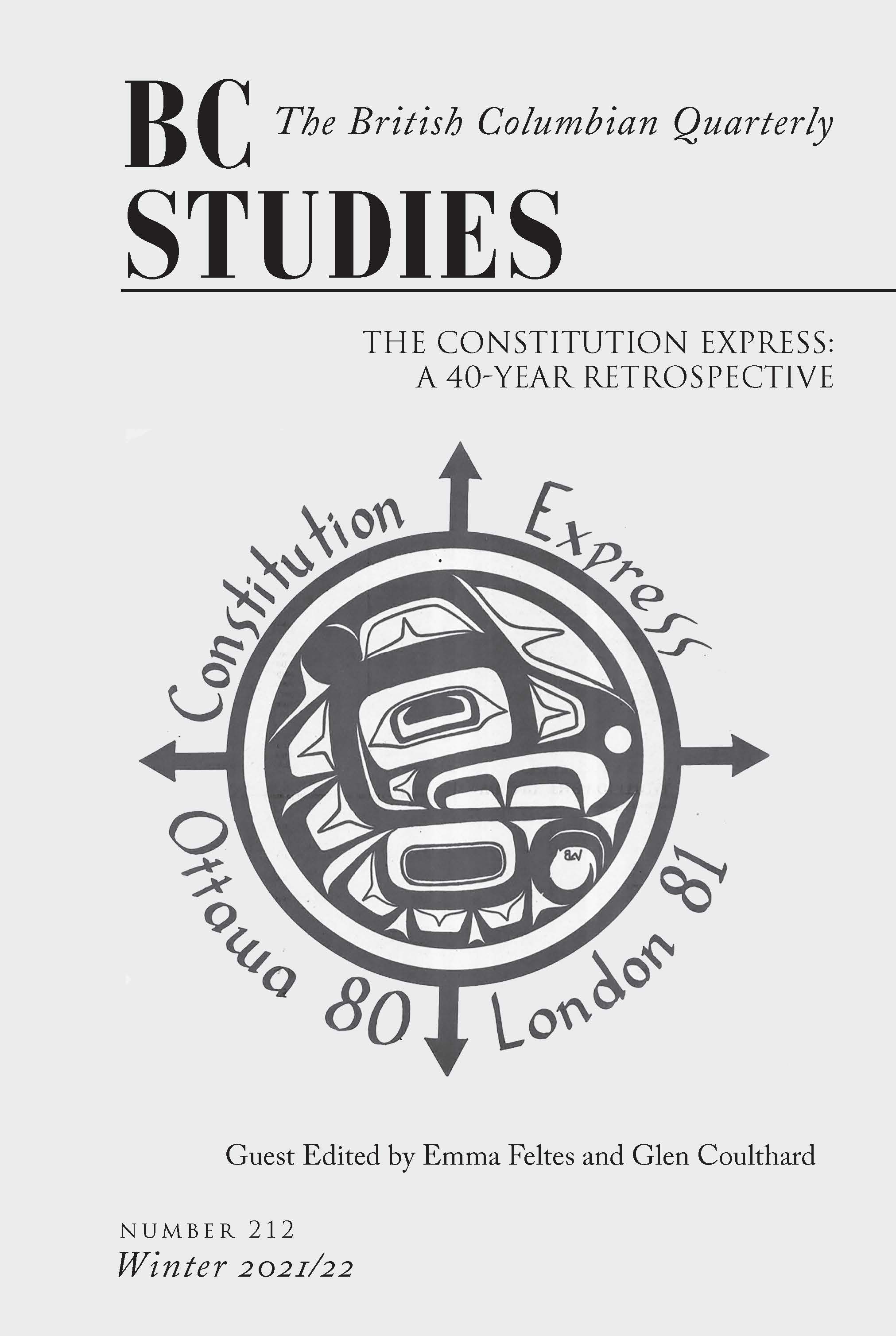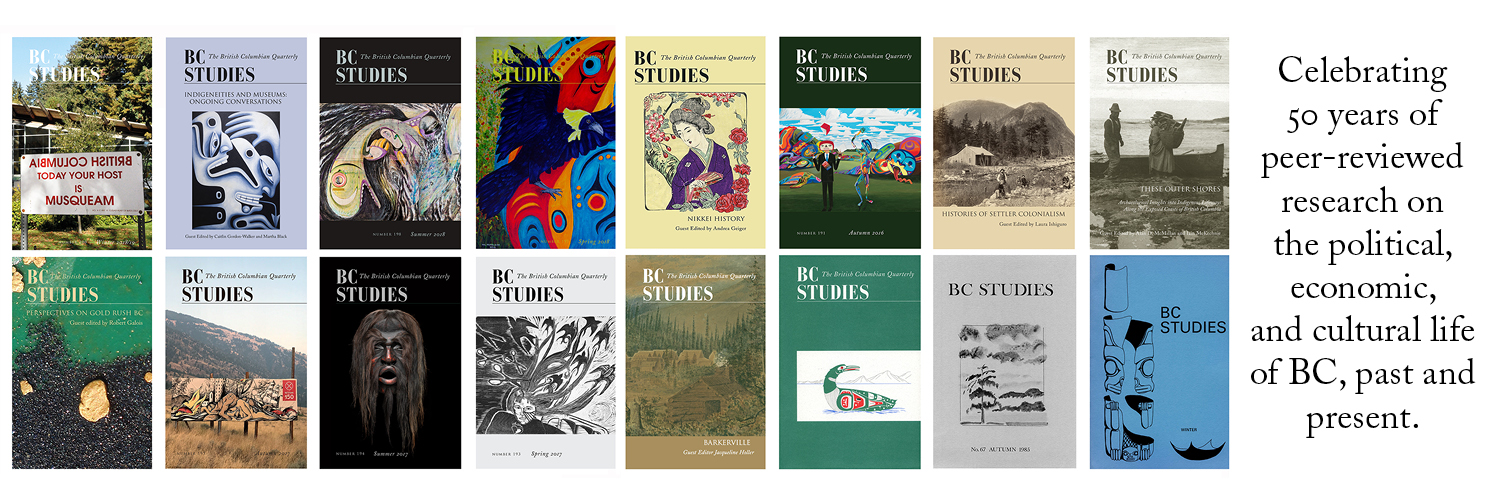Has Constitutionalizing Aboriginal and Treaty Rights Made a Difference?
DOI:
https://doi.org/10.14288/bcs.no212.192441Keywords:
Constitution Express, Constitution of Canada, aboriginal rights, law, treatiesAbstract
The Constitutional Express was a major impetus behind the recognition of Aboriginal and treaty rights in section 35 of the Constitution Act, 1982. This article assesses the impact of inclusion of these rights in the Canadian Constitution. It starts by revealing their vulnerability to legislative infringement and extinguishment prior to 1982. It then discusses the effect of section 35, especially as interpreted and applied by the Supreme Court of Canada. The tests for Aboriginal resource harvesting rights such as fishing rights, Aboriginal title to land, Métis rights, treaty rights, and governance rights are discussed. The continuing vulnerabilty of all these rights to legislative infringement is also assessed and critiqued. The article concludes that the inclusion of section 35 in the Constitution has had a significant impact, but the Supreme Court's interpretation of it falls short of the requirements of the UN Declaration on the Rights of Indigenous Peoples that Canada has endorsed.



